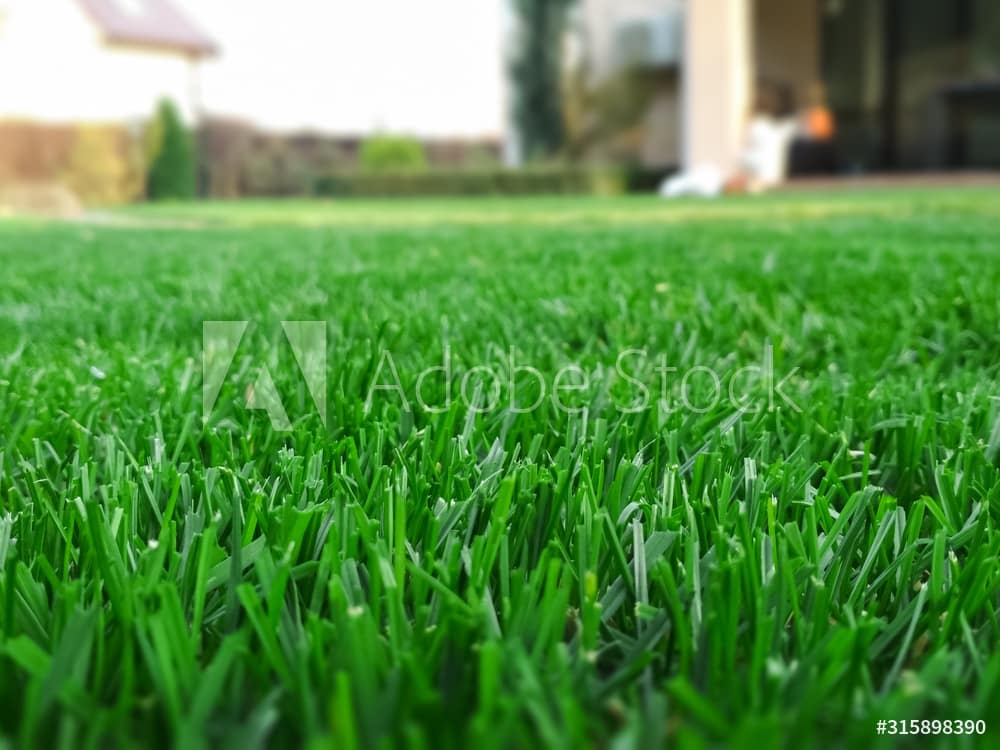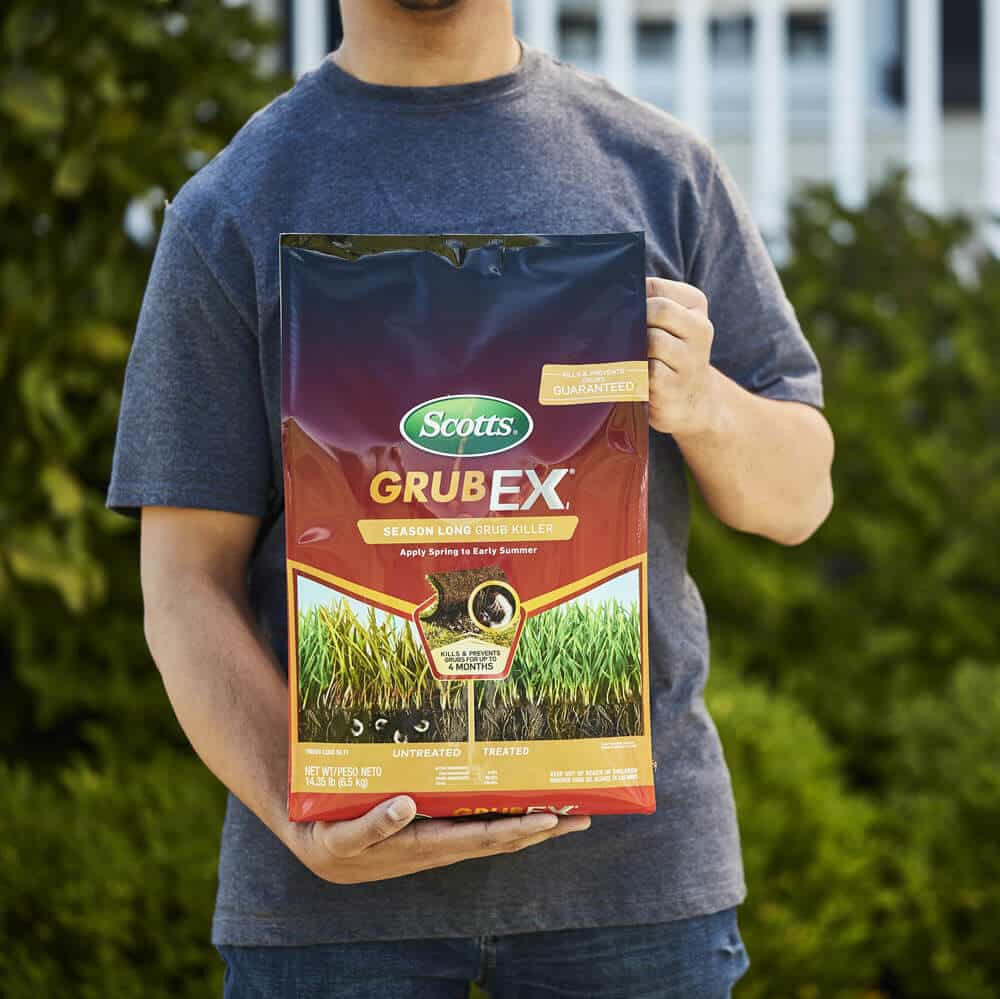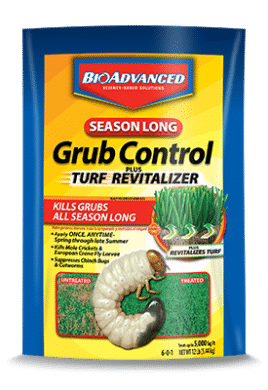Get ready for some deep lawn care knowledge!
You want to have a thick, healthy lawn! A thicker lawn prevents weeds because the weed seed can’t make seed soil contact. Plus a fed lawn reduces air pollution, cools the environment so you use less air conditioning and it adds to your home’s resale value.
Our lawn care experts at Strader’s want to share some simple to-do’s, but also some deeper knowledge about what’s included in the different lawn care products we carry.
Feeding Your Lawn
Did you know there are three types of lawn food? Those three types are simple mix fertilizer, all-in-one lawn food and organic feed – and we carry all three at Strader’s. What’s the difference between them?
Simple Mix Lawn Food
Simple mix takes the components of nitrogen, potassium and various other additives like iron or weed control, and mixes it into one blend. Some blends, like Fertilome’s 16-16-16, have particles that are not uniform and can fly out of the spreader at different rates. This can be a problem if the weed control particle doesn’t land on the weed where it’s needed. The advantage is that simple mixes tend to be inexpensive.
The Greenview particles are coated in Sulfur and are a consistent size. They also feed longer due to longer chains of nitrogen.

All-in-One Lawn Food
All-in-one lawn food takes the simple mix and melts it down, cools it and breaks it up so each particle has the exact same ration of nitrogen, potassium and whatever else has been added to the blend. It’s a bit like Grape Nuts cereal that way, and that’s why it kinda looks like Grape Nuts!
This type of lawn food costs more because of the additional processes, but it gives you the most consistent feeding and weed control in one.
Organic Lawn Food
is different because it feeds the soil, which in turn feeds the grass. There is less mowing and less surge growth with organic lawn food. The fertilizer in this type of lawn care product is derived from poultry litter, so naturally (no pun intended) it can smell somewhat, but the upside – it’s safe to use if pets are frolicking on your lawn.
What About Grub Control?
April – right now – is the best time to start your grub control treatments. We have four varieties of grub control that differentiate by active ingredient.
Grubex
Grubex brand contains chlorantraniliprole, which has the lowest chemical amount. Because of this, it doesn’t have any warning labels on its packaging. Grubex works slowest, staying in the grass for a full four months. It’s best applied in April so the grass has time to take up the active ingredient into its roots. When the grubs start eating the roots, they’re paralyzed by the treatment so they can’t move, molt or mate.

BioAdvanced
Formerly sold as Bayer, BioAdvanced Season-long Grub Control contains imidacloprid which works like a faster version of Grubex. It doesn’t kill as many grub types as Grubex and it does carry a caution label, but it is quicker.
BioAdvanced 24-hour Grub Killer
This grub treatment contains Dylox, which kills grubs plus soil insects like ants, cinch bugs, sod webworms and ticks within 24 hours as long as the treatment is watered in. This is the one to get when you see grub damage happening, usually from July to September.

Milky Spore
Made by St. Gabriel Organics, Milky Sopre is an good organic solution that contains a good bacteria that feeds on the grubs. When applied according to label directions for two years, it’s guaranteed to last 10 years after the final application. Some benefits include being safe for use around humans, pets and beneficial insects, harmless to food crops and compatible with most fertilizers, pesticides, herbicides and other lawn chemicals.
Strader's is your lawn care center
Come in for expert advice and the best products for your lawn. And if grub control is on your list, remember that all of these grub controls must be watered in! They are sensitive to light and lose their effectiveness rapidly, becoming ineffective within 48 hours if not applied correctly.
In coming blogs we’ll share more details about lawn care, including seeding your lawn, using weed control on a newly seeded lawn and more information about fertilizers.












